Natural language signatures of psilocybin microdosing
Sanz, C., Cavanna, F., Muller, S., de la Fuente, L., Zamberlan, F., Palmucci, M., Janeckova, L., Kuchar, M., Carrillo, F., García, A. M., Pallavicini, C. & Tagliazucchi, E. (2022). Natural language signatures of psilocybin microdosing. Psychopharmacology 239, 2841-2852.
En este trabajo empleamos técnicas de procesamiento del lenguaje natural para detectar huellas cognitivas de microdosis de psilocibina. Mostramos que las personas bajo dichas microdosis pueden identificarse en función de su verbosidad y la valencia afectiva del discurso. El análisis automatizado del lenguaje, concluimos, puede ser útil para identificar el consumo de pequeñas dosis de psicodélicos serotonérgicos, lo cual abre posibilidades para monitorear su consumo.
Para acceder al paper, hacé clic aquí.
Natural language signatures of psilocybin microdosing
Sanz, C., Cavanna, F., Muller, S., de la Fuente, L., Zamberlan, F., Palmucci, M., Janeckova, L., Kuchar, M., Carrillo, F., García, A. M., Pallavicini, C. & Tagliazucchi, E. (2022). Natural language signatures of psilocybin microdosing. Psychopharmacology 239, 2841-2852.
Rationale: Serotonergic psychedelics are being studied as novel treatments for mental health disorders and as facilitators of improved well-being, mental function, and creativity. Recent studies have found mixed results concerning the effects of low doses of psychedelics (“microdosing”) on these domains. However, microdosing is generally investigated using instruments designed to assess larger doses of psychedelics, which might lack sensitivity and specificity for this purpose.
Objectives: Determine whether unconstrained speech contains signatures capable of identifying the acute effects of psilocybin microdoses.
Methods: Natural speech under psilocybin microdoses (0.5 g of psilocybin mushrooms) was acquired from thirty-four healthy adult volunteers (11 females: 32.09 ± 3.53 years; 23 males: 30.87 ± 4.64 years) following a double-blind and placebo-controlled experimental design with two measurement weeks per participant. On Wednesdays and Fridays of each week, participants consumed either the active dose (psilocybin) or the placebo (edible mushrooms). Features of interest were defined based on variables known to be affected by higher doses: verbosity, semantic variability, and sentiment scores. Machine learning models were used to discriminate between conditions. Classifiers were trained and tested using stratified cross-validation to compute the AUC and p-values.
Results: Except for semantic variability, these metrics presented significant differences between a typical active microdose and the inactive placebo condition. Machine learning classifiers were capable of distinguishing between conditions with high accuracy (AUC ≈
«>≈≈ 0.8).
Conclusions: These results constitute first evidence that low doses of serotonergic psychedelics can be identified from unconstrained natural speech, with potential for widely applicable, affordable, and ecologically valid monitoring of microdosing schedules.
To access the full paper, please click here.

